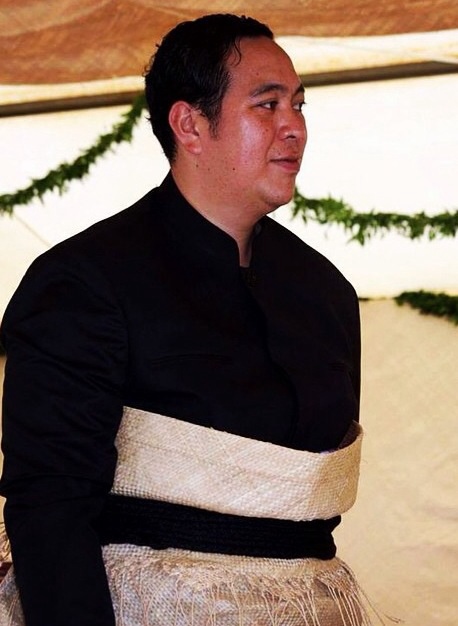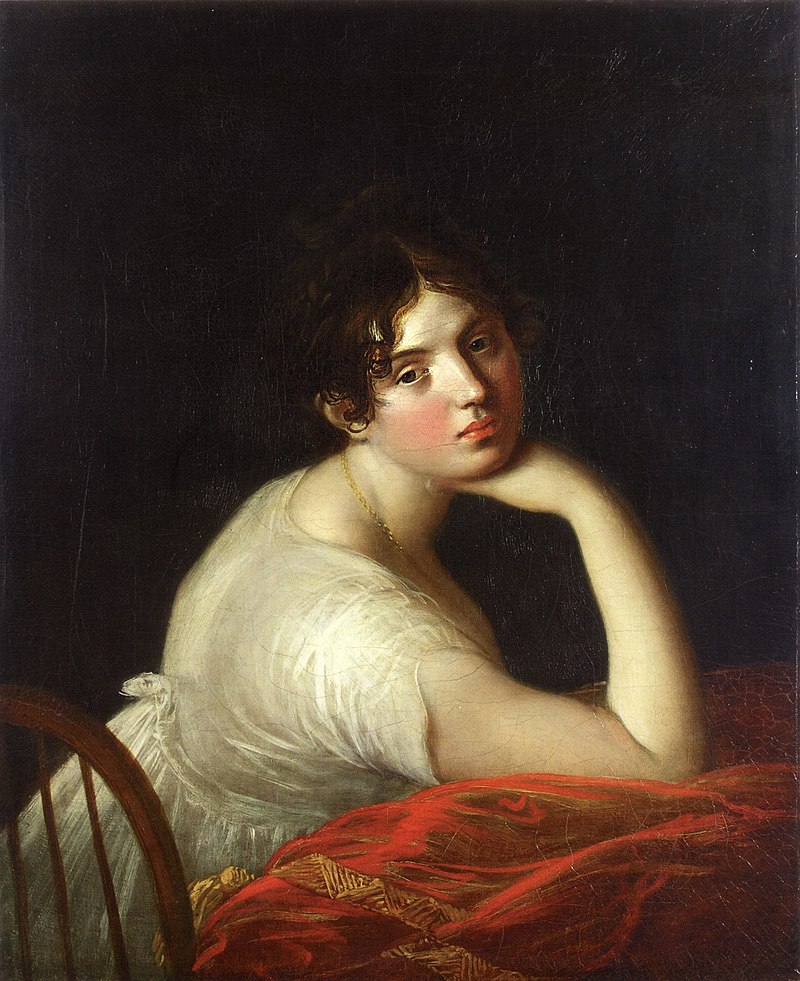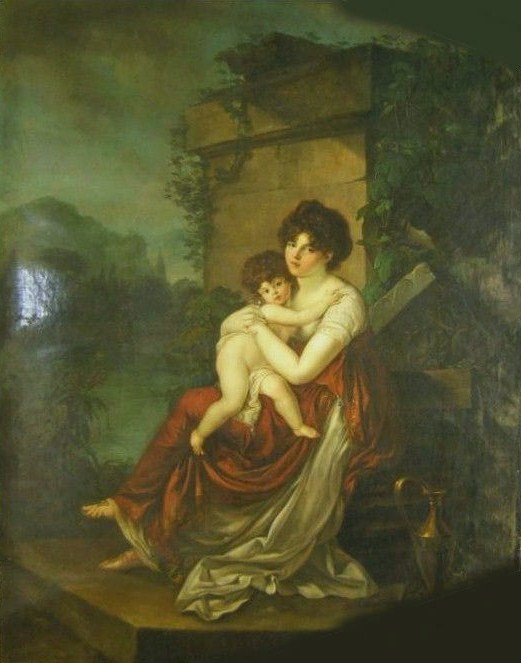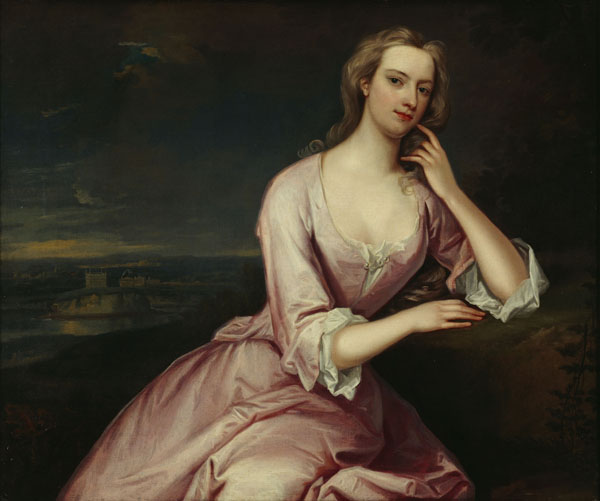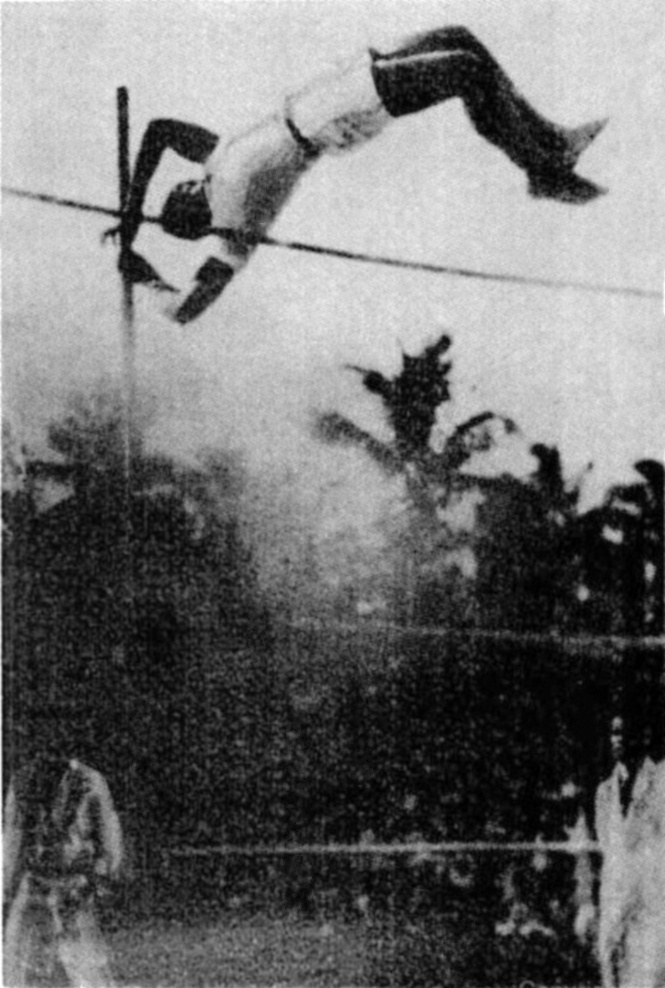by Susan Flantzer © Unofficial Royalty 2020

Anna Petrovna Lopukhina; Credit – Wikipedia
Patronymics: In Russian, a patronymic is the second name derived from the father’s first name: the suffix -vich means “son of” and the suffixes -eva, -evna, -ova, and -ovna mean “daughter of”.
Anna Petrovna Lopukhina was born on November 8, 1777. She was the eldest of the three daughters and the eldest of the four children of Peter Vasilievich Lopukhin and his first wife Praskovya Ivanovna Levshina. The Lopukhins were an old Russian noble family. Eudoxia Feodorovna Lopukhina, the first wife of Peter I (the Great), Emperor of All Russia was from the family. Peter Vasilievich Lopukhin served in the Russian Army with the Preobrazhensky Guards. He served as Chief of Police of St. Petersburg, Moscow Civil Governor, and Governor-General of Yaroslav and Vologda. When Paul I succeeded to the throne, Peter Vasilievich was appointed to the Privy Council. He served as President of the Council of Ministers, basically the Prime Minister, from 1816 to 1827 during the reigns of Paul’s sons Alexander I and Nicholas I.
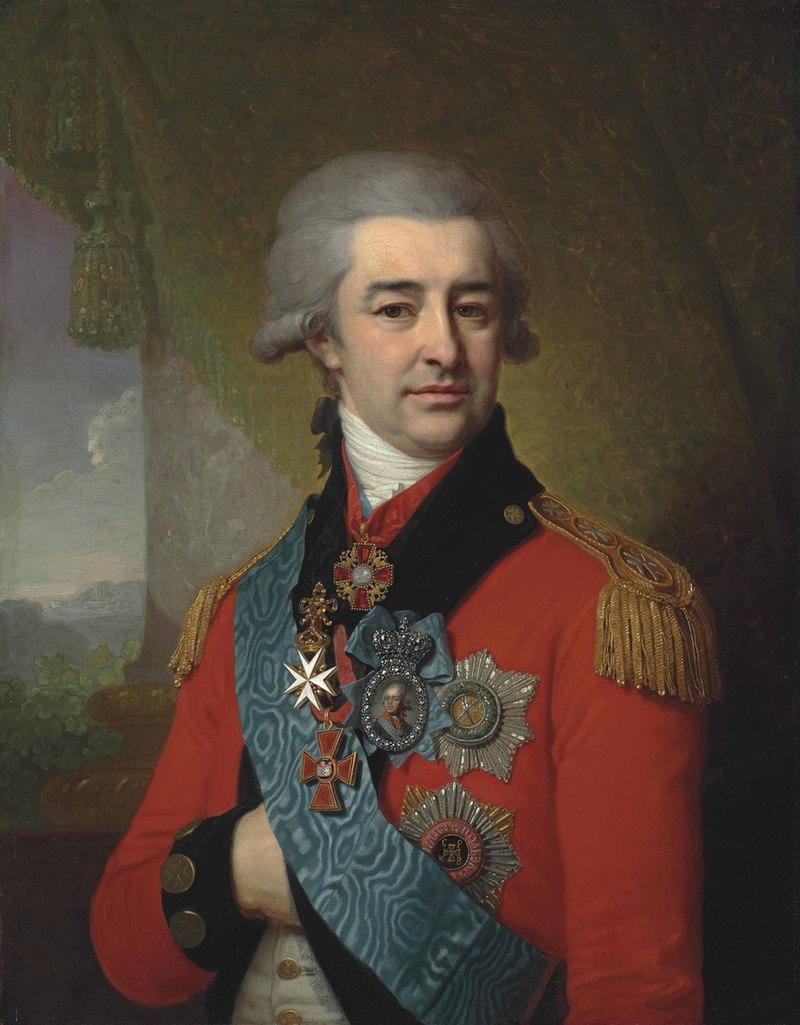
Anna’s father Peter Vasilievich Lopukhin; Credit – Wikipedia

Anna’s mother, Praskovya Ivanovna Levshina; Credit – Wikipedia
Anna had three younger siblings:

Anna’s stepmother Ekaterina Nikolaevna Shetneva; Credit – Wikipedia
When Anna was eight-years-old, her mother died. A year later her father married Ekaterina Nikolaevna Shetneva. Anna and her siblings were raised by their stepmother in Moscow, Russia, along with their half-siblings.
Anna had four half-siblings from her father’s second marriage:
- Alexandra Petrovna Lopukhina (1788 – 1852), married Alexander Alexandrovich Zherebtsov, had one daughter
- Pavel Petrovich Lopukhin (1790 – 1873), married Anna Ivanovna von Wenkstern
- Elizaveta Petrovna Lopukhina (1792 -1805), died in childhood
- Sofia Petrovna Lopukhina (1798 – 1825 ), married Alexei Jakovlevich Lobanov-Rostovsky, had four children

Paul I, Emperor of All Russia’ Credit – Wikipedia
In 1798, Paul I, Emperor of All Russia visited Moscow. At a court ball, he noticed 21-year-old Anna Petrovna Lopukhina and became infatuated. A court faction headed by Count Ivan Pavlovich Kutaisov, formerly Paul’s valet and now one of his important advisors, decided to use Paul’s infatuation with Anna against the influence of Paul’s wife Empress Maria Feodorovna, born Sophie Dorothea of Württemberg, and Paul’s official mistress Ekaterina Ivanovna Nelidova, one of his wife’s ladies-in-waiting. The Empress had originally been quite upset about her husband’s infidelities, but eventually, she made her peace with Ekaterina Ivanovna Nelidova and the two women used their combined influence on Paul.
Emperor Paul instructed Kutaisov to negotiate the Lopukhina family’s move to St. Petersburg. After being offered an important position in St. Petersburg, a house, money, and the title His Serene Highness Prince, Peter Vasilievich Lopukhin agreed to move his family to St. Petersburg. Upon hearing of this, Empress Maria Feodorovna sent a letter to Anna strongly advising her to remain in Moscow. The letter was intercepted and came to the attention of Paul I who was angered by his wife’s actions. In the fall of 1798, the Lopukhin family moved to St. Petersburg where they lived at 10 Palace Embankment, a street along the Neva River where the Winter Palace was located.

The brown building in the middle, 10 Palace Embankment, was the Loupkhin family home in St. Petersburg; Credit – Wikipedia
Anna’s stepmother was made a lady-in-waiting at court and Anna was made a maid of honor. She quickly replaced Ekaterina Ivanovna Nelidova as Paul’s official mistress. Praskovya Petrovna Lopukhina, Anna’s sister, married Count Pavel Ivanovich Kutaisov, the son of Count Ivan Pavlovich Kutaisov, the mastermind behind the scheme to move the Lopukhin family to St. Petersburg and make Anna the mistress of Emperor Paul.
Anna had a diplomatic and humble nature and stayed away from court intrigues. She used her influence with Paul only for those who fell out of favor or for those who deserved rewards. However, instead of using persuasion, Anna cried or pouted until she got what she wanted. Anna had a passion for dancing and so Paul often gave balls. She loved the waltz, which had been forbidden at court but it was brought into vogue thanks to Anna. The usual court costume restricted some dance moves and so Paul ordered it abandoned which greatly upset his wife Empress Maria Feodorovna.

Anna’s husband Prince Pavel Gavrilovich Gagarin; Credit – Wikipedia
In 1799, Anna asked Paul’s permission to marry a childhood friend, Prince Pavel Gavrilovich Gagarin, who was then in Italy with the Russian Army. Paul recalled him to St. Petersburg, gave him the Order of St. John of Jerusalem, promoted him to Adjutant General, and transferred him to the St. Petersburg-based Preobrazhensky Guards. Anna and Pavel Gavrilovich were married on February 8, 1799. Upon her marriage, Anna was appointed a lady-in-waiting. Paul’s feelings for Anna did not change after her marriage and she continued to be his official mistress.
Because Emperor Paul overly taxed the nobility and limited their rights, the Russian nobles, by increasing numbers, were against him. Paul’s reign was becoming increasingly despotic. Eventually, the nobility reached their breaking point and rumors began swirling of a coup d’état being prepared by the nobility. On the night of March 23, 1801, a group of conspirators charged into Paul’s bedroom, forced him to abdicate, and then strangled and trampled him to death. Paul’s eldest son, who probably knew about the coup but not the murder plot, succeeded as Alexander I, Emperor of All Russia.
Alexander I appointed Pavel Gavrilovich Gagarin ambassador to Sardinia, now in Italy, and Anna and her husband moved to the city of Turin. Because the benefits that Pavel would reap from being married to Paul’s official mistress were now gone, Pavel and Anna’s marriage deteriorated. Both Pavel and Anna had affairs. Anna’s affair was with Prince Boris Antonovich Chetvertinsky. On February 5, 1805, Anna gave birth to Boris Antonovich’s daughter Alexandra. Anna, aged 27, died on April 25, 1805, in Turin from tuberculosis. Her infant daughter died a few weeks later.
Anna was buried in the St. Lazarus Church at the Alexander Nevsky Lavra in St. Petersburg, Russia. Her husband Prince Pavel Gavrilovich Gagarin ordered the inscription on her tomb to read, “In memory of my wife and benefactress,” a nod to the benefits he had received for being married to a mistress of the Emperor of All Russia.

St. Lazarus Church at the Alexander Nevsky Lavra in St. Petersburg; Credit – By Екатерина Борисова – Own work, CC BY-SA 4.0, https://commons.wikimedia.org/w/index.php?curid=51910633
This article is the intellectual property of Unofficial Royalty and is NOT TO BE COPIED, EDITED, OR POSTED IN ANY FORM ON ANOTHER WEBSITE under any circumstances. It is permissible to use a link that directs to Unofficial Royalty.
Works Cited
- En.wikipedia.org. 2020. Anna Lopukhina. [online] Available at: <https://en.wikipedia.org/wiki/Anna_Lopukhina> [Accessed 1 July 2020].
- Flantzer, Susan, 2018. Paul I, Emperor of All Russia. [online] Unofficial Royalty. Available at: <https://www.unofficialroyalty.com/emperor-paul-i-of-russia/> [Accessed 1 July 2020].
- Lincoln, W. Bruce. (1981). The Romanovs: Autocrats of All the Russias. New York, NY.: Doubleday
- Ru.wikipedia.org. 2020. Лопухина, Анна Петровна. [online] Available at: <https://ru.wikipedia.org/wiki/%D0%9B%D0%BE%D0%BF%D1%83%D1%85%D0%B8%D0%BD%D0%B0,_%D0%90%D0%BD%D0%BD%D0%B0_%D0%9F%D0%B5%D1%82%D1%80%D0%BE%D0%B2%D0%BD%D0%B0> [Accessed 1 July 2020].
- Ru.wikipedia.org. 2020. Гагарин, Павел Гаврилович. [online] Available at: <https://ru.wikipedia.org/wiki/%D0%93%D0%B0%D0%B3%D0%B0%D1%80%D0%B8%D0%BD,_%D0%9F%D0%B0%D0%B2%D0%B5%D0%BB_%D0%93%D0%B0%D0%B2%D1%80%D0%B8%D0%BB%D0%BE%D0%B2%D0%B8%D1%87> [Accessed 1 July 2020].
- Ru.wikipedia.org. 2020. Лопухин, Пётр Васильевич. [online] Available at: <https://ru.wikipedia.org/wiki/%D0%9B%D0%BE%D0%BF%D1%83%D1%85%D0%B8%D0%BD,_%D0%9F%D1%91%D1%82%D1%80_%D0%92%D0%B0%D1%81%D0%B8%D0%BB%D1%8C%D0%B5%D0%B2%D0%B8%D1%87> [Accessed 1 July 2020].





